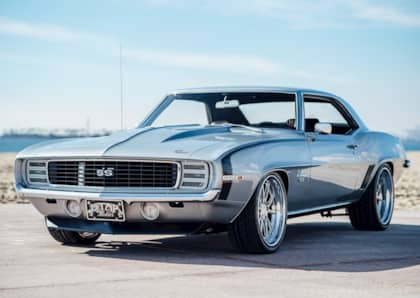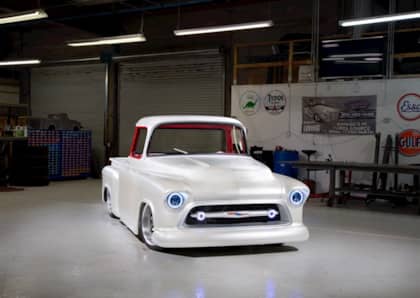5 Winter Storage Tips To Keep Your Vehicle Safe All Season Long
Regardless of whether you're facing down an avalanche of snow or simply several months of cool, wet weather, it's not uncommon for owners to store their classic and high performance vehicles during the winter season. Salt, ice, drizzle and cold pavement aren't the best recipe for keeping a special ride in great condition, and limiting your exposure to these elements can go a long way towards extending the life of your car or truck.
That being said, you can't just back into the garage, hang up the keys, and turn out the lights for five months if you want your vehicle to survive storage in style. To be ready to go once spring is here again, you'll need to properly prepare your automobile and the spot it's hibernating in.
Here's how.
1. Keep It Dry
Moisture is the enemy in any automotive storage situation, for a variety of reasons. In a car's cabin, any moisture that creeps in can encourage the growth of mold and mildew, which can leave a persistent odor even after it's been cleaned up. Underneath, exposed metal on the chassis can begin to corrode if it's constantly being exposed to a moist environment.
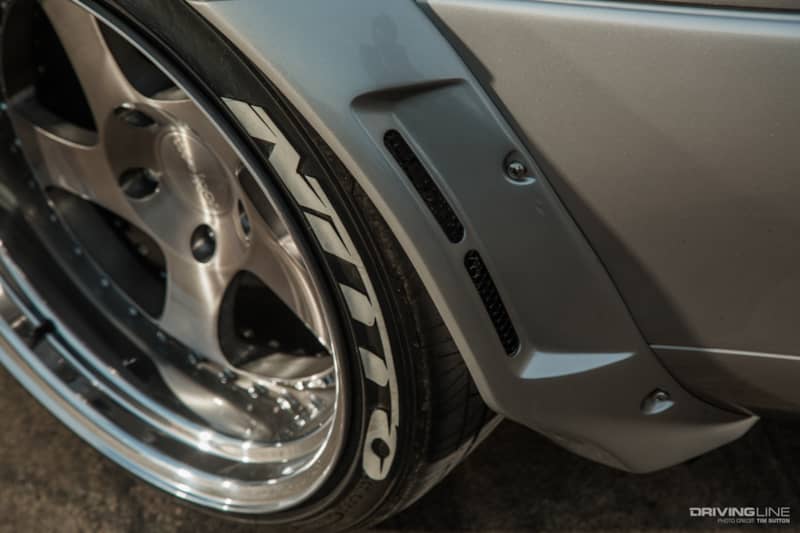
The ideal winter car storage environment is one that's heated and dry, with adequate drainage in case any sudden storms dump enough precipitation to seep through a window, door, or roof. In general, a heated garage with a concrete floor is a safe bet, but cold storage concrete can sometimes present an issue with 'sweating' or moisture that can develop during natural temperature swings. If this is the case, putting a vapor barrier (such as a tarp) between the floor and the car sitting above it is usually a safe bet. Small sacks of silica—which can absorb water from the air—can also be distributed under the automobile, or throughout its cabin, if you have concerns about how water-tight the building truly is.
2. Keep It Clean
A clean car is a happy car, and that goes for both the inside and the outside when you're getting read to store it for the winter. It's only logical that you'll want your vehicle's paint and trim to be dirt-free before you leave it behind long-term, but it's also worth breaking out the clay bar and removing any contaminants that might be lurking in its finish, too. That way, they won't have months to eat away at your clear coat and chrome, potentially discoloring it or in some cases bonding to the surface.
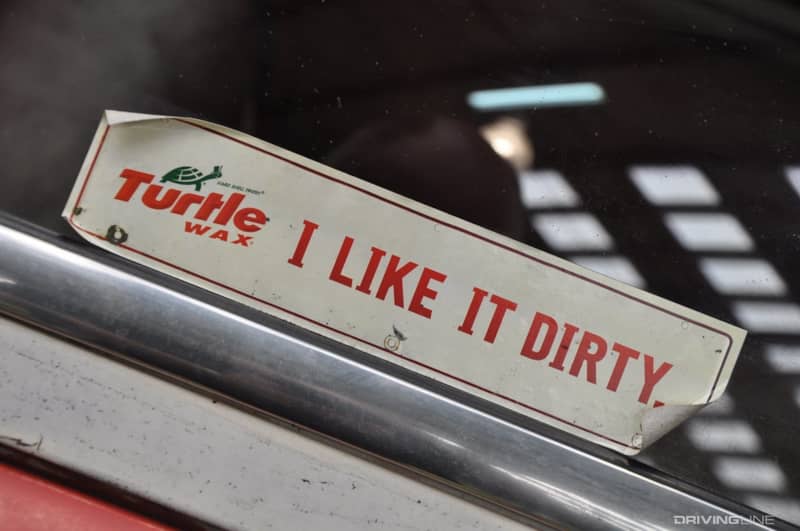
Inside, you'll want to ensure that any bits of food that might have migrated their way into the floor mats, carpets, or under the seats are vacuumed away. The main reason is to avoid attracting insects or other pests (and we'll talk more about that later).
3. Keep It Covered
Another reason to give your vehicle a good wash before storing it is that you'll want to keep it covered for the duration of its long winter nap. A car cover is excellent protection against dust, drips, dirt, and the oopsies that can occasionally occur if your garage happens to be in active use. You never want to drape a cover over a dirty vehicle, however, as the friction between the cover and the paint will cause spider-webbing and potentially more severe scratches.
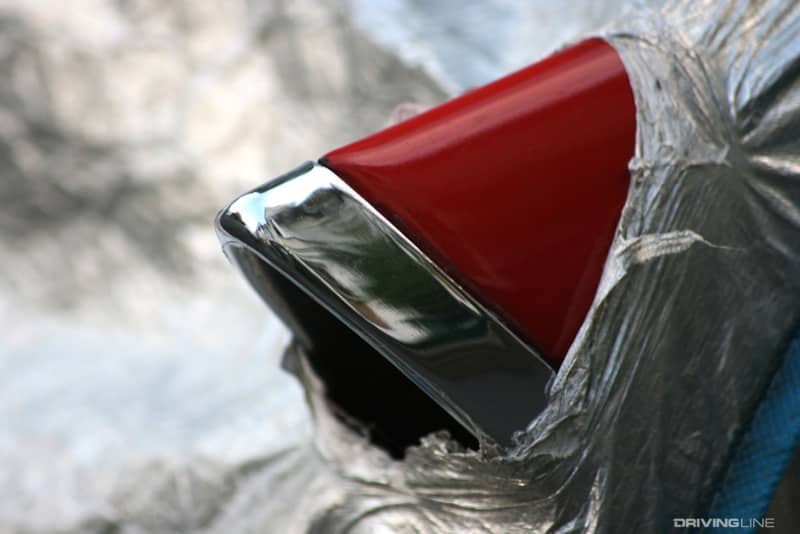
In fact, it's a good idea to apply a basic coat of wax to your vehicle prior to putting the cover on, long-term. That way you've got a decent barrier between even the softest of covers and the paint itself.
4. Keep It Charged
There's nothing worse than turning the key after a long season of anticipation, only to discover that your vehicle's battery has given up the ghost. Some cars are like energy vampires that constantly squeeze just a little electricity out of their batteries when parked, but even if you don't have a low-level drain to counteract it's a good idea to practice basic battery health when storing your vehicle.
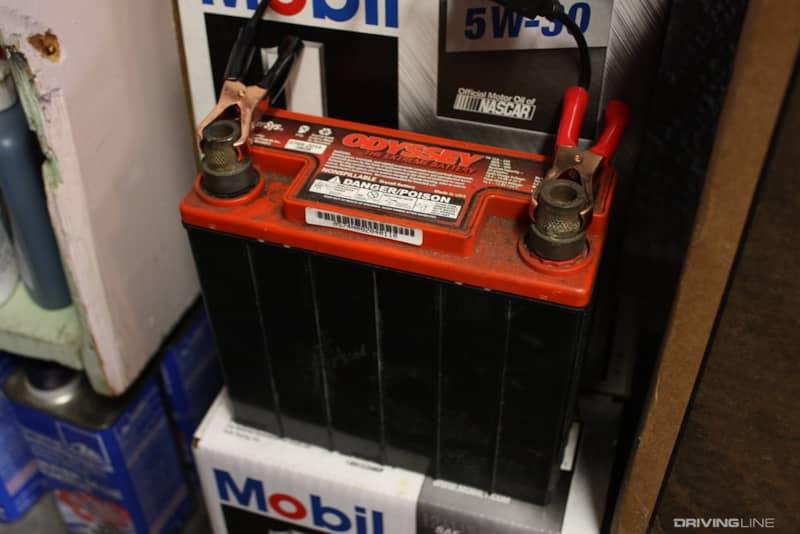
There are two popular choices. The first is to remove the battery and store it somewhere warm and dry. Whatever you do, don't leave it sitting on a concrete floor, as that can cause a drain through the casing. If you don't want to remove the battery, and are keeping it stored somewhere cold, you can always hook up a trickle charger that will keep a lifeline of electrons flowing into its cells while it sits. A modern trickle charger will come with a computerized circuit that will control the charging level so that there's no overcharging risk.
5. Keep Out The Critters
I mentioned earlier that a clean car will help you prevent bugs and other undesirables from colonizing your cabin. There are other steps you can take to prevent the nesting, chewing and otherwise destructive habits of rodents and critters from ruining your ride over the winter.
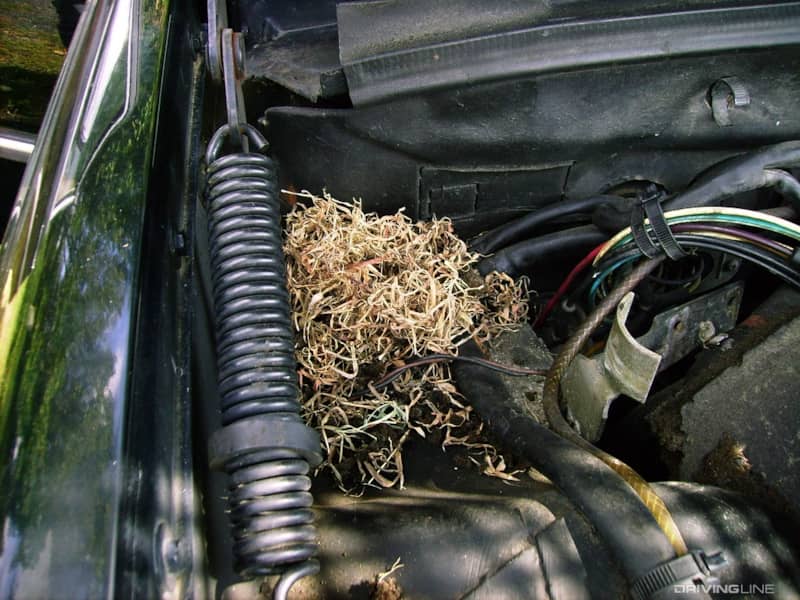
The best option is always to restrict access. This starts with the storage area itself, and making sure there are no holes in the wall, or small spaces under the door where squirrels and mice could creep in. Next up is plugging any holes that lead into your vehicle. This is impossible to do in the engine bay, but you can make sure all vents are closed, tailpipes are stuffed with steel wool (which is impossible to chew through), and a cover is wrapped around everything to make entry as tough as possible.
Other options for dealing with pests include leaving dryer sheets on the floorboards, along with mothballs—both smells that rodents and insects tend to avoid. A set of mouse traps in the general vicinity of your vehicle is also a good idea.
Looking for more general, or short-term car storage tips? We've got you covered.





